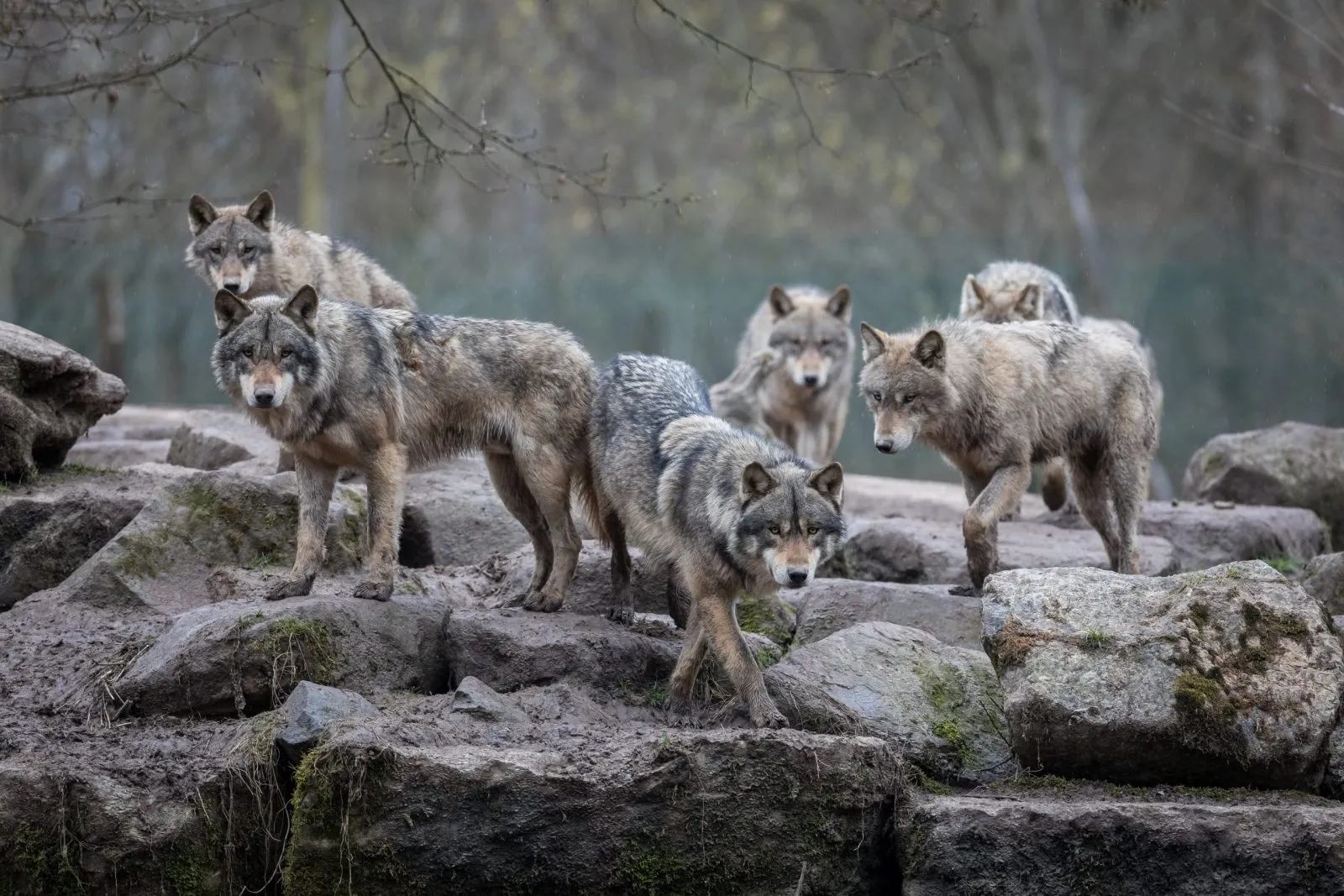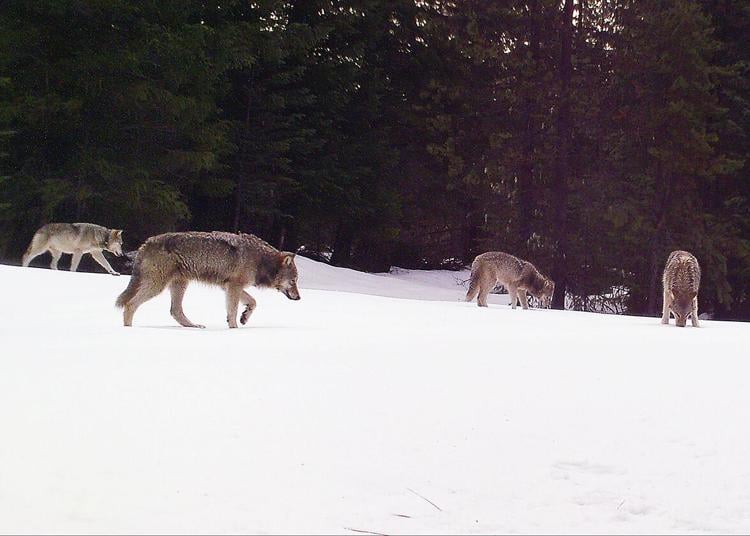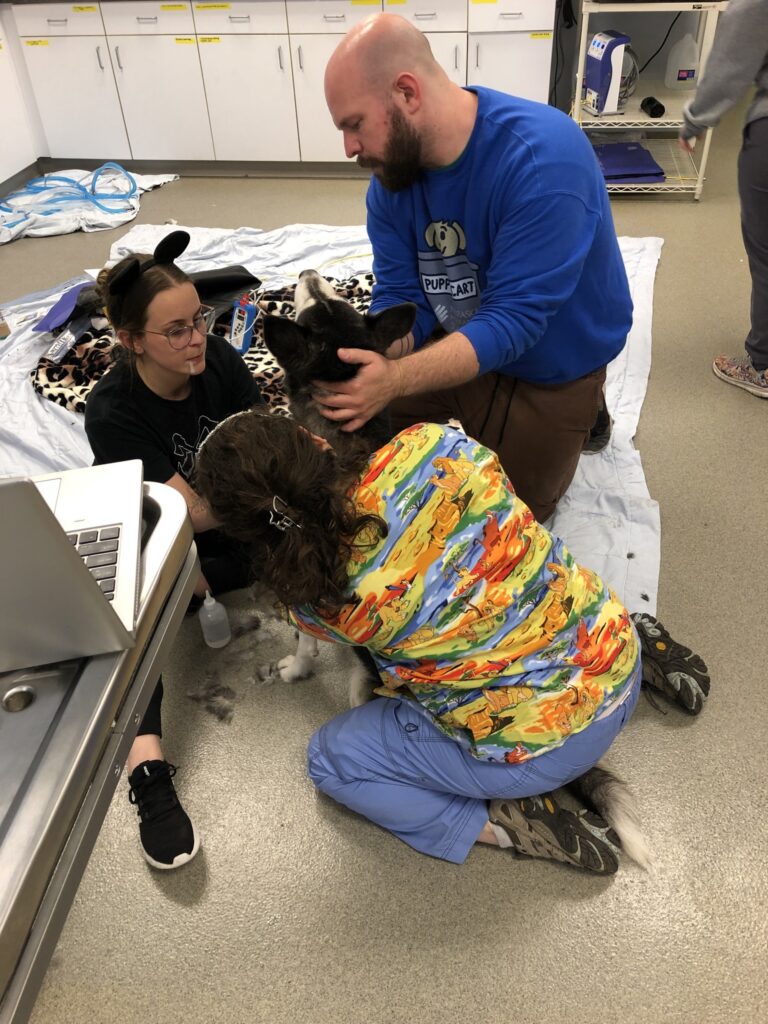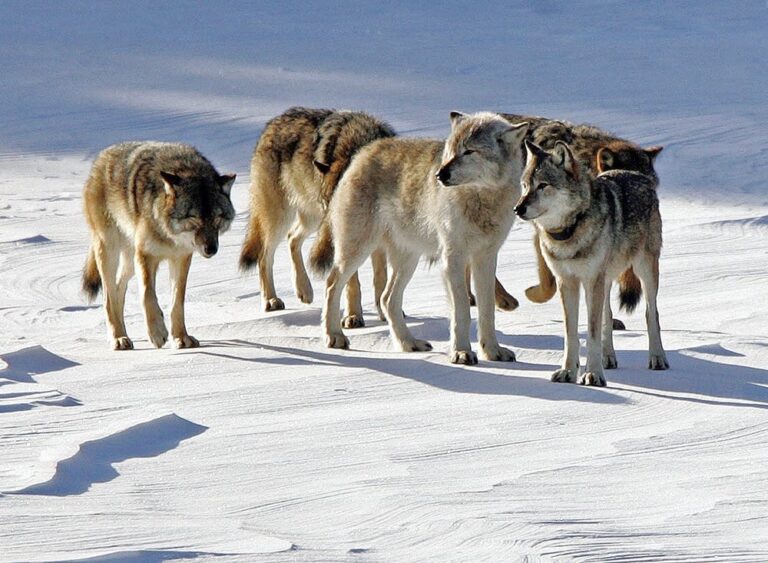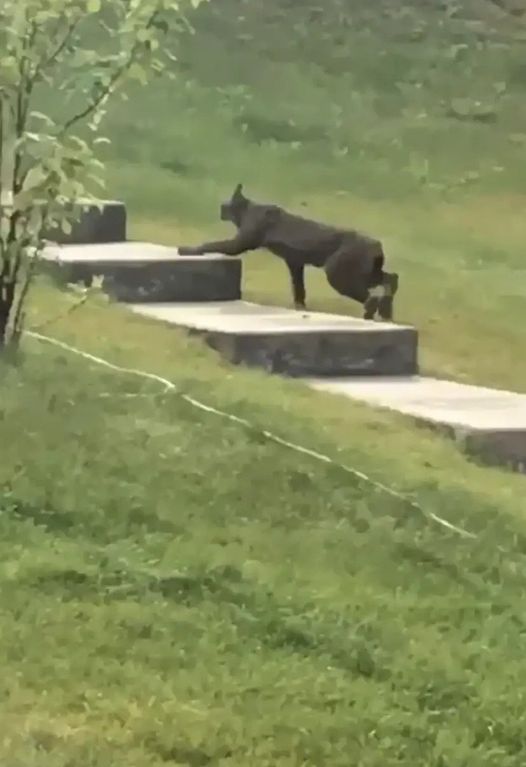Debunking the Alpha Wolf: Why We Need to Rethink Our Understanding of Wolf Packs
If you’ve ever heard the term “alpha wolf,” you might imagine snapping fangs and fighting to the death for dominance. However, the idea that a ruthless dictator leads wolf packs is a myth. In recent years, wildlife biologists have largely dropped the term “alpha,” Researchers have found that most wolf packs are simply families led by a breeding pair. So, what is the truth behind the wolf hierarchy?
In captivity, a dominance hierarchy arises when wolves are thrown together with no shared kinship. However, in the wild, wolf packs are usually made up of a breeding male, a breeding female, and their offspring from the past two or three years that have not yet set out on their own. All members in these family packs defer to the breeding male and female. When offspring are two to three years old, they leave the pack searching for mates and aim to start their pack. Infighting for dominance is unheard of in a typical pack.
The alpha wolf idea comes from outdated terminology from research on captive wolf packs in the mid-20th century. Wildlife biologists, like L. David Mech, once used terms such as alpha and beta to describe the pecking order in wolf packs. In the 1970s, Mech used the alpha wolf nomenclature in a classic book of wolf biology, The Wolf: Ecology and Behavior of an Endangered Species. However, as new research has come to light, Mech has pushed back against the term, and The Wolf was taken out of print in 2022.
On rare occasions, wolf packs may balloon in size. There may be more than one breeding pair in these cases, and competition can erupt over breeding spots. However, having multiple breeding pairs in a pack is now uncommon, and hunting and trapping may also reshuffle wolf families. Usually, younger wolves lose their lives when hunting and trapping occur, and if a breeding female or male is killed, a lone dispersing wolf may step in to take its place. However, there is still a lot that still needs to be discovered about how hunting and trapping affect pack structure.
